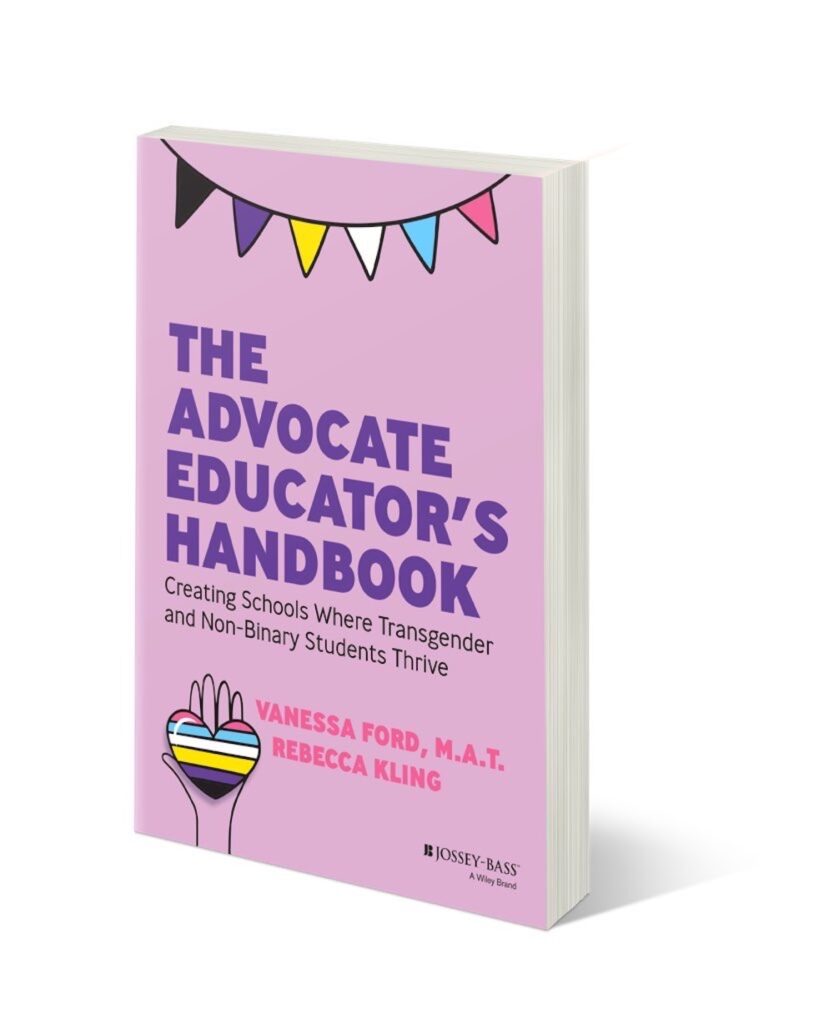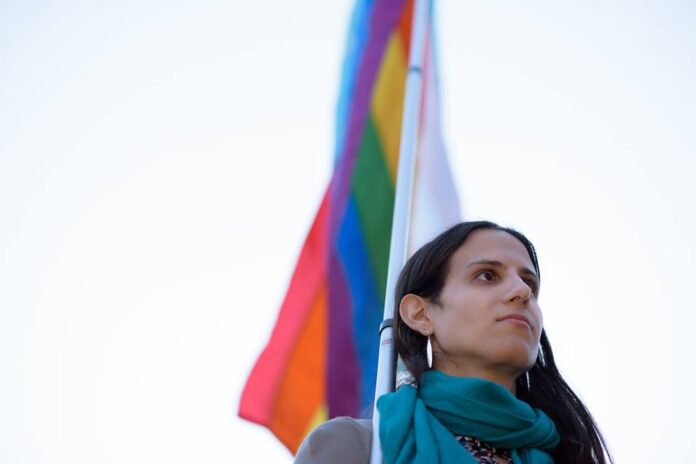Some years ago, I had a coworker who was the mom of who she believed were two happy, healthy boys, aged seven and nine. But over time it became apparent that the older child was deeply depressed, even suicidal, and my friend didn’t immediately know why.
Trying to figure out what was troubling her child and what sort of help she should seek, she talked to her kid at great length, trying to make it clear to them that her love was complete and unconditional. In one of those conversations, the subject of gender came up, and my friend explained that some people call themselves non-binary—that is, they see themselves as neither male or female, or perhaps as some combination of both.
The child’s face lit up. “That’s me! That’s what I am!” And at that moment, the clouds began to lift. My friend still had a lot of work to do to figure out how to help her child navigate a world that often wouldn’t understand, but she had her marching orders. And her child knew that they were okay, they were loved, and could live the life they wanted with absolute parental support.

Not every trans or non-binary child gets that sort of support at home, but in a sane world, schools—institutions built for children, theoretically designed to educate them and help them grow into healthy adults—would fill in the gap and provide an oasis of refuge. Unfortunately, as Vanessa Ford and Rebecca Kling’s new book, The Advocate Educator’s Handbook: Creating Schools Where Transgender and Non-Binary Students Thrive (Jossey-Bass, $27), notes, “We live in odd times.” Some trans and non-binary youth do indeed find an oasis of support in school, while others must endure ignorant school staff as well as laws and policy actively hostile to their very existence. With the recent, fatal attack at school of non-binary teen Nex Benedict fresh on everyone’s minds, their book seeks to serve as a guide for educators who want to make their schools welcoming to and safe for kids like them.
I confess that the title threw me at first—I mistakenly thought it signaled a connection to the longtime LGBTQ newsmagazine The Advocate, which at one point ventured into book publishing for a while. But no, the title refers to the authors’ desire for readers to become “advocate educators,” meaning educators who push to ensure that the needs of trans and non-binary students are met, even in the face of ignorance or hostility.
To accomplish this, they first provide basic background information on trans identities, history, related terminology, and why trans and non-binary students need support. Then comes the book’s heart, chapters based on four pillars: Educate, Affirm, Include and Disrupt.
In some ways, supporting trans and non-binary students is quite simple. As the Affirm chapter puts it, “Believe that your trans and non-binary students are who they say they are, and everything else flows from there.”
Of course, practical realities can quickly get complicated, and Ford and Kling offer concrete, actionable advice for every step in the process. Educate, for example, discusses the need to make sure that training about LGBTQ issues includes all school staff, not just teachers and administrators: “A front-office member who works closely with student records and families may be the first to notice patterns in student absences. Janitorial staff enter all classrooms, and are often in shared spaces and bathrooms; they may notice behaviors that classroom teachers do not.”

Disrupt tackles the most difficult situations—when school officials are ignorant or worse, or when your state has laws and policies that are overtly hostile to trans and non-binary students. The authors walk readers through the process of examining their comfort level with personal and professional risk, and how to address the fact that trans and non-binary students may be the most powerful voices on their own behalf, but may face the most danger if they speak out.
Ford and Kling go out of their way to include the voices of young people in every chapter, and devote an entire chapter, Include, to strategies for ensuring that every classroom and curriculum acknowledges and includes trans and non-binary individuals. They present a lovely concept, “windows and mirrors,” that was new to me but may be familiar to progressive educators: that students should both see themselves represented in the curriculum and also learn about others who are different. That, of course, is exactly what right-wing politicians like Florida Gov. Ron DeSantis are desperate to prevent.
Through the inclusion of voices of trans and non-binary kids, Ford and Kling go out of their way to highlight trans joy. While they present the necessary statistics about higher rates of depression and suicide among youth dealing with what psychiatrists call gender dysphoria, they give plenty of space to young people talking about what makes them happy, including what one youth’s take on gender euphoria: “…gender euphoria is a feeling of alignment, a feeling of the way that people are interacting with me makes me feel visible, it makes me feel seen, makes me feel heard, makes me feel valid.”
Other youth quoted articulate simple joys such as the feeling of seeing yourself represented in literature: “It’s magical when a book tells you that you are no longer alone. Why does anyone want to take that experience away from someone?”
The authors consciously keep things brief and concise, resisting the temptation to turn a handbook into an encyclopedia, but provide abundant references, appendices, and links to online information for any reader who wants to take a deeper dive into any given subject. Some of the background information, such as the “Brief History of Trans Identity,” is rather sketchy, and readers who don’t know this material should definitely check out links and references.
And while the authors include a glossary of terms and wisely put it near the front of the book rather than burying it in back, they oddly don’t make it alphabetical, so looking up a particular term is more hassle than it needs to be.
But these are minor quibbles. In world that made sense, The Advocate Educators Handbook would not be necessary, but in 2024 America, it just might save lives.
Buy The Advocate Educators Handbook here.





